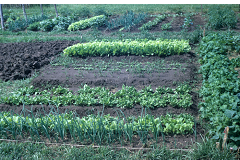
Another, more in-depth publication titled the “Kansas Garden Guide” is also available. This 77-page booklet has sections on planning a garden, composting, improving soil, seeding and planting, garden care, watering, planting gardens for fall production, insect and disease control, container gardening, season extension and harvesting and storing. This is followed by an extensive section on how to grow specific vegetables and herbs. You may order the print publication at http://www.ksre.ksu.edu/bookstore/Item.aspx?catId=534&pubId=8219 . This web page also provides a link to a free PDF copy of the same publication. If you don’t know the location of your county extension office, see http://www.ksre.ksu.edu/Map.aspx (Ward Upham)
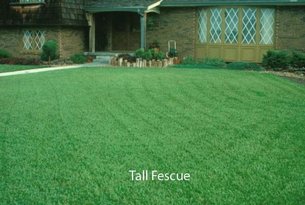
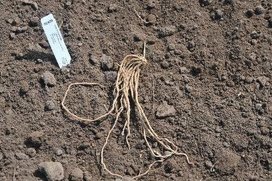
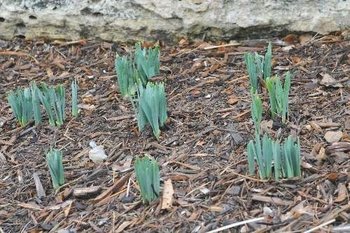
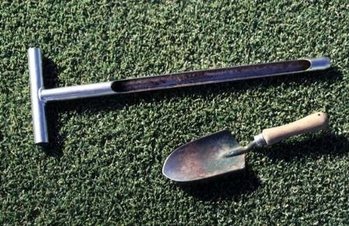
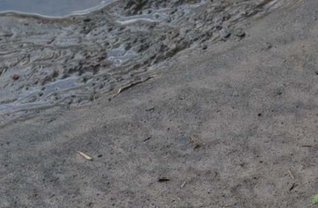
 RSS Feed
RSS Feed
